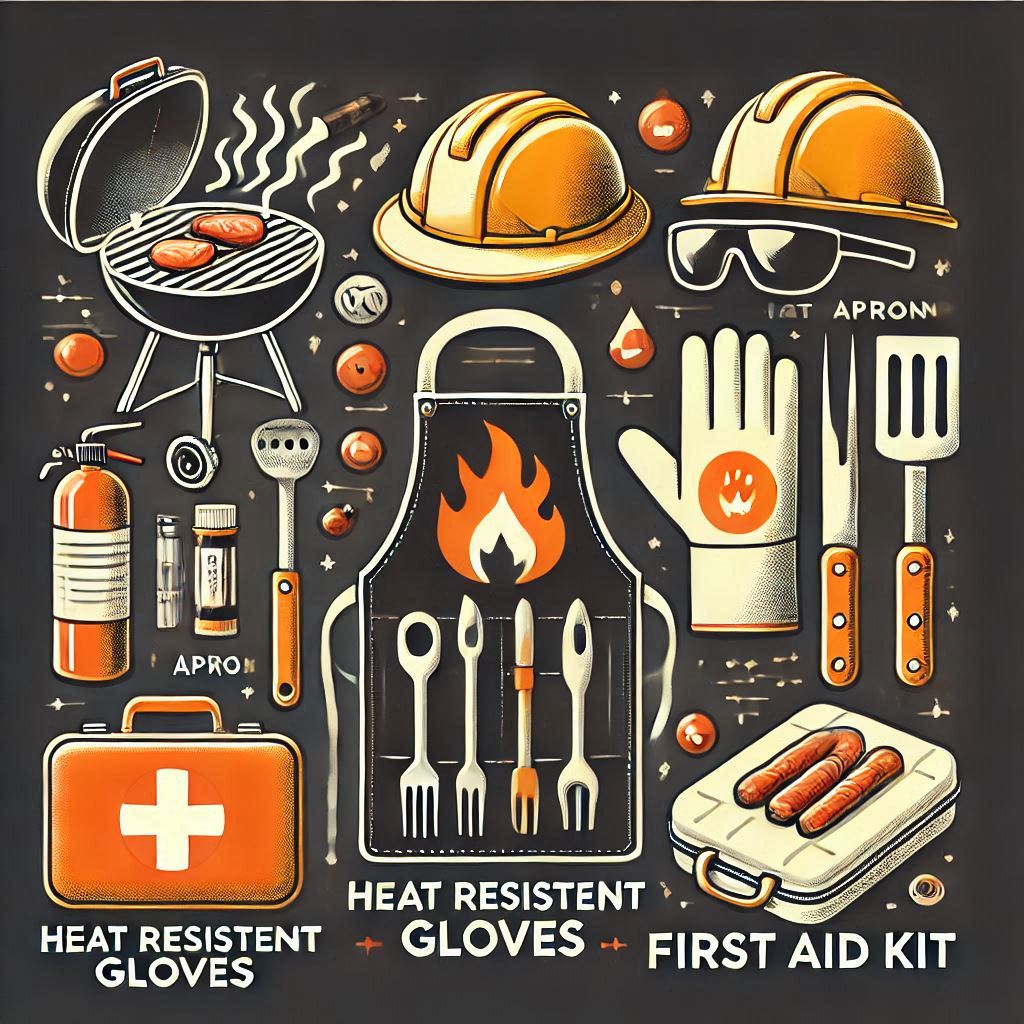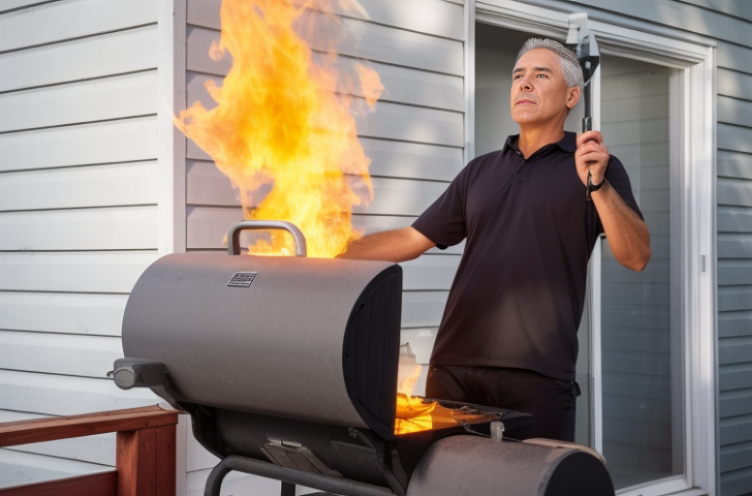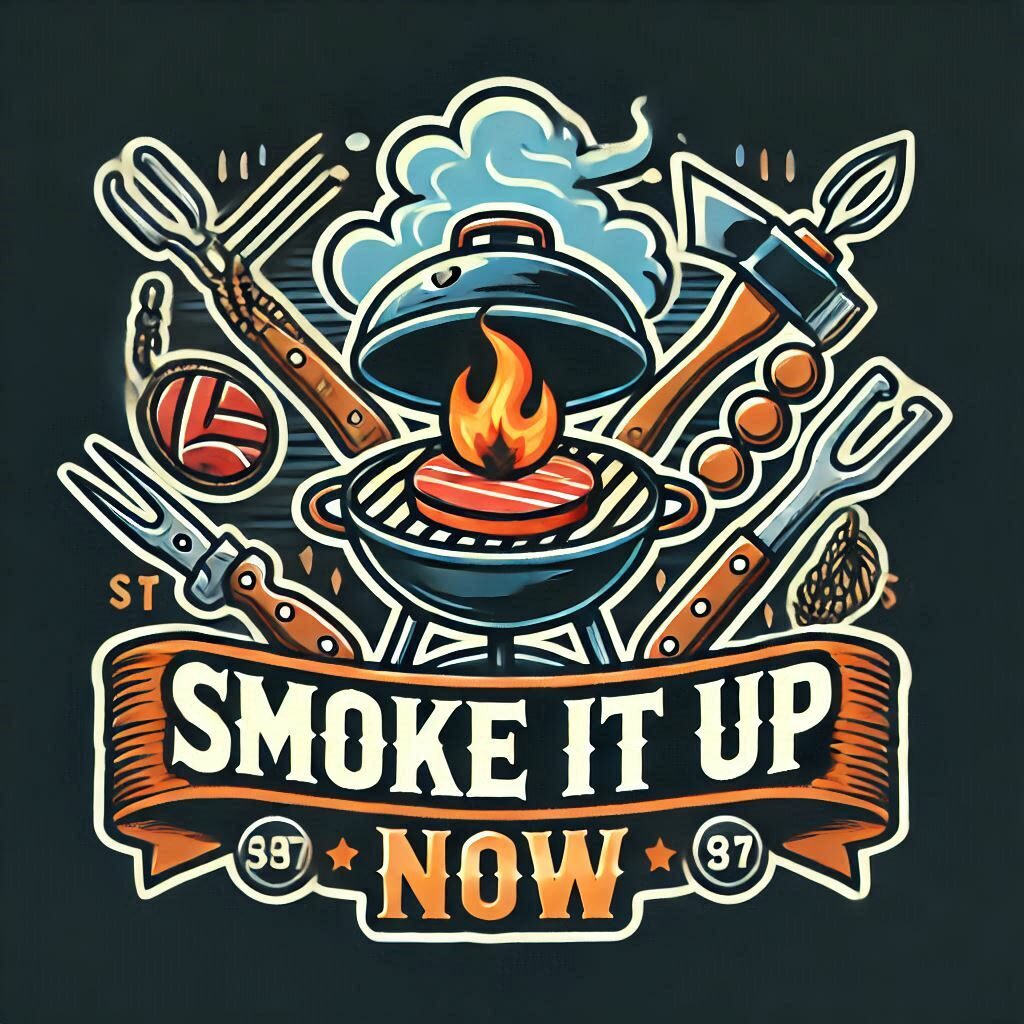
Diving into the world of smoking and grilling opens up a universe of flavors, but knowing the difference between the two methods is where it all starts. Smoking cooks food at lower temperatures over a longer period using indirect heat, infusing it with flavor from burning wood chips. Grilling, on the other hand, usually involves cooking at higher temperatures directly over a flame, perfect for that quick dinner fix.
Picking the right gear isn’t as complicated as it seems. Beginners often wonder if they need a high-end smoker or grill to get started. The answer’s simple: go for what meets your needs and budget. A basic charcoal grill can transform into a smoker with just a few tricks like adjusting heat zones and using a water pan.
Setting up a safe cooking zone tops the list of priorities. Make sure you’ve got enough space around the grill or smoker to move safely and away from flammable materials. A flat and even surface helps in setting up your equipment securely, preventing it from toppling over during a cooking session.
Understanding temperature control isn’t just for the pros. It’s kind of like the unsung hero in making sure your meat’s cooked through and safe to eat. Investing in a quality thermometer pays off, helping you monitor internal food temperatures and ensuring it hits that perfect doneness, without the guesswork.
Taking Safety Measures

Keeping everything safe and sound while you grill or smoke starts with how you handle and store your fuel sources. Whether it’s charcoal, propane, or wood, each type needs its own kind of care. Charcoal should be kept dry, propane tanks stored upright and outside, and wood chips stored in a low-moisture environment to prevent them from going moldy.
Protective gear isn’t just for looks; it’s a must-have. Heat-resistant gloves should be on your list along with aprons to shield you from unexpected splashes or sparks. Nobody wants an impromptu visit to the emergency room because of a simple oversight.
Having a first-aid kit close by can be a lifesaver, literally. Burns and cuts are just part and parcel of grilling adventures, no matter how careful you are. Stock yours with bandages, antiseptic wipes, and burn cream so that you’re prepared just in case things get a little too ‘hot’.
Keeping the elements in mind is crucial when planning your cooking session. Wind can make flames unpredictable, while rain can dampen coals, affecting cooking temperature and safety. Always be mindful of the weather forecast and adjust your plans accordingly, whether it means having a tented area or keeping an eye on wind direction.
Ensuring Food Safety
Picking quality ingredients is the foundation of a great meal. Always select fresh meats, poultry, and seafood. Check expiry dates and look out for any signs of spoilage like off smells or unusual textures before firing up your grill or smoker.
Avoiding cross-contamination is something you can’t skip. Use separate cutting boards and utensils for raw and cooked foods to prevent harmful bacteria from transferring. It helps keep your cooking space clean and your meals safe to eat.
A meat thermometer is your best friend when cooking outdoors. It takes the guesswork out of knowing when your food is safely cooked. Ensure your meats reach recommended internal temperatures: beef, pork, and lamb should hit 145°F, poultry needs 165°F, and fish 145°F as well.
Keeping things clean isn’t just about looking good. Washing your hands before and after handling food, cleaning utensils, and surfaces regularly helps minimize the risk of foodborne illnesses. Good hygiene goes a long way in making sure everyone enjoys their meal without a hitch.
